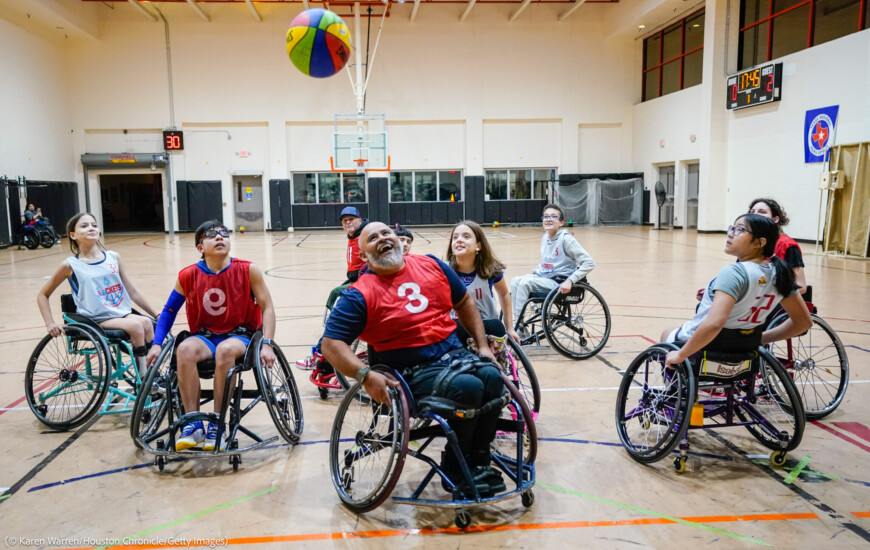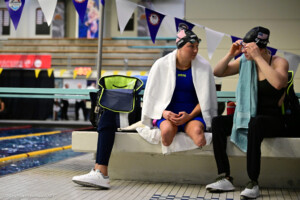Beyond wheelchair basketball: Athletes with no limits
Dublin People 15 Aug 2024
In the following article US journalist Lauren Monsen reports on the numerous adaptive (or adapted) sports in her home country created by modifying rules and/or adding equipment to enable people with disabilities to compete.
Seneida Biendarra was an outdoorsy and active teenager.
But at 17, she began losing her eyesight to a rare condition that affects the retina. At first, she tried to hide her disability for fear that losing her vision would keep her from athletics.
But through the adaptive sport of paraclimbing, Biendarra is able to continue her active lifestyle.
In May, she won a silver medal at the International Federation of Sport Climbing’s first Paraclimbing World Cup in Salt Lake City.
“It’s easier for me to scale a wall than it is for me to cross the street,” Biendarra, a Team USA paraclimber, said in March at the 2024 Paraclimbing National Championships in Gaithersburg, Maryland.
“Being in this community, it’s like a breath of relief.”
Paraclimbing is one of numerous adaptive (or adapted) sports created by modifying rules and/or adding equipment to enable people with disabilities to compete.
The Americans with Disabilities Act (ADA) of 1990 led to athletic opportunities for many of the 43 million people with disabilities in the United States.
Today, adaptive sports in the U.S. range from paraclimbing to Alpine “sit” skiing to sled hockey, adaptive cycling and many more.

Jessica Long talks with Julia Gaffney prior to swimming at the 2024 U.S. Paralympic Swim Team Trials in Minneapolis, Friday, June 28, 2024. (AP Photo/Leighton Smithwick)
Numerous nonprofits, including Move United, the American Association of AdaptED Sports Programs, and the Challenged Athletes Foundation, connect people with disabilities to adaptive sports programs or facilities in their area.
A few the most popular adaptive sports in the United States are:
- Wheelchair basketball, which follows most basic basketball rules but adjusts for dribbling and certain fouls.
- Adaptive track and field, which enables visually impaired sprinters to run with a guide and lets amputees use prosthetic legs specially designed for running.
- Adaptive swimming, which enables competitors to begin races from one of three positions that most suits them — standing, sitting or already in the pool.
According to the U.S. National Institutes of Health, adaptive sports provide opportunities for participants to improve physical and mental health, increase self-confidence and develop leadership skills.
Biendarra and other Team USA paraclimbers say paraclimbing pushes competitors to “try hard things in unique ways.”
It’s “really impressive, on a technical level, to see what someone who’s missing a right arm — or someone who can’t see — is able to do,” she said.
Kyle Long, who lost his right foot after a cancer diagnosis at 13, said the strategies and innovations he and other paraclimbers are now deploying could make the sport more accessible to others in the future.
Both paraclimbers say adaptive sport enables participants to enjoy sports and build camaraderie.
“We all do all we can to, you know, to support each other, to lift each other up as best we can,” said Long, a Team USA paraclimber who works as a nurse near Cleveland.
“It’s an achievement … for the people who are up to try these really difficult things,” Biendarra said.
“But it’s also proof that we belong everywhere.”











